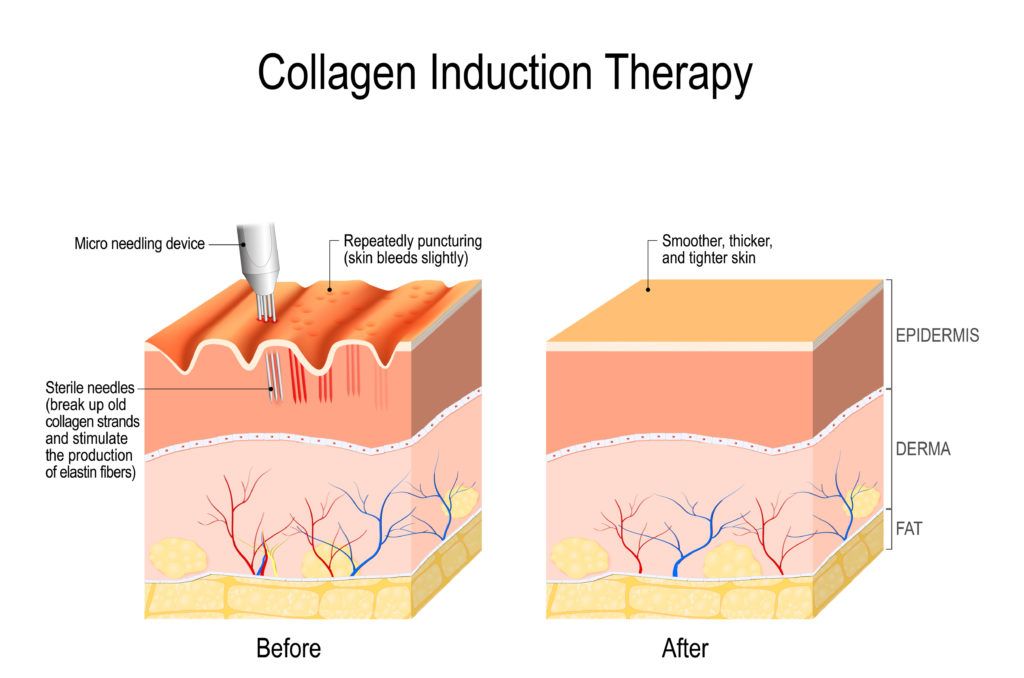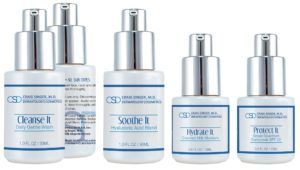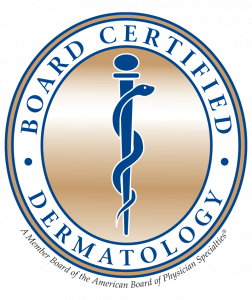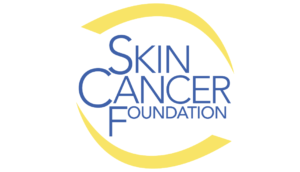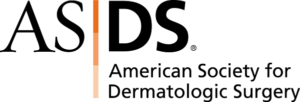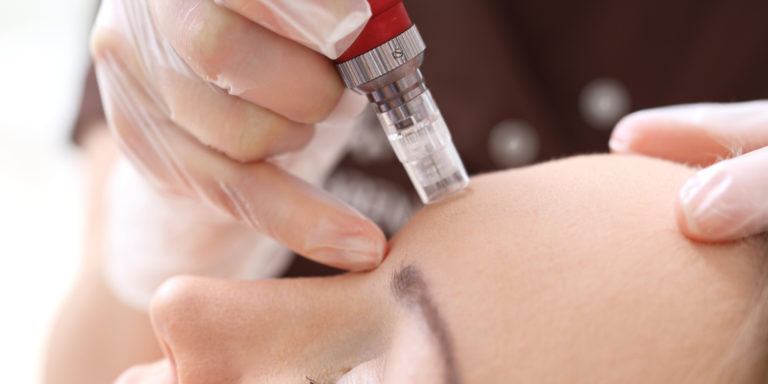
What is Microneedling?
Microneedling (also known as Collagen Induction Therapy or CIT) is an innovative aesthetic procedure designed to improve the appearance of acne scars, fine lines and wrinkles, photodamage, and improve the skin’s overall appearance. Most scientific studies have examined the use of microneedling for acne scarring. “Rolling” and “boxcar” acne scars have been shown to be more effectively treated than “ice pick” scars. Some patients have seen more than 50% improvement in their acne scars; however, it is important to have realistic expectations and understand that micro-needling will not eliminate scars entirely. Micro-needling has also been studied for the treatment of facial wrinkles, melasma and stretch marks.
Microneedling Diagram
Microneedling Procedure Video
Frequently Asked Questions (FAQ)
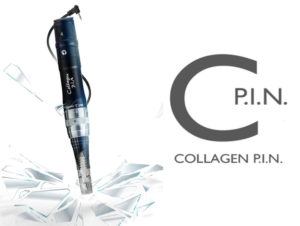
The Collagen P.I.N. has been studied in clinical trials for the treatment of acne scars, sun damage, fine lines and wrinkles, and the improvement of skin tone and texture.
We use the Collagen P.I.N. due to its ease of use and ability to avoid cross contamination between patients.
A sterile disposable needle tip is used with each patient, avoiding cross contamination.
The Collagen P.I.N. is awaiting FDA clearance for the treatment of scarring. Micro-needling has been successfully used for the treatment of acne scars, wrinkles, photoaging, and melasma.
Micro-needling is considered a noninvasive aesthetic procedure and has a low rate of associated adverse effects. The most common and expected side effects of the treatment include:
- Temporary redness
- Localized swelling
- Skin flaking and peeling which typically resolves within three days.
- Pinpoint bleeding is the desired endpoint of the procedure and typically resolves within minutes using pressure and cold wet gauze pads. Potential rare side effects include:
- Temporary discoloration
- Scarring (including stamping type) -very rare.
- Infection and worsening of pre-existing infection
- Granuloma formation
- Reactivation of herpes simplex virus “cold sores”
- Active inflammatory acne with pimples and pus bumps
- Active herpes infection (cold sores)
- Presence of warts
- Recent history of sun exposure (or those who are visibly tanned) until all traces of suntan have faded to minimize post-treatment discoloration.
- Those who have received facial filler (e.g. Restylane and Juvederm) within the previous seven days
- Those with a history of keloids
- Those with immunosuppression (weakened immune system)
- Those with a history of connective tissue disease such as Lupus and Scleroderma
The cost of one microneedling session is $250. Specialized aftercare kits are available for additional charge.
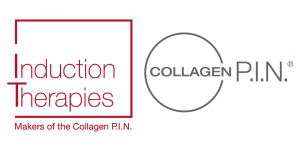
Sources
- Alster TS And Graham PM. Microneedling: A review and practical guide. Derm surgery 2017; 0:1 – 8
- Hogan S et. al. Microneedling: a new approach for treating textural abnormalities and scars. Seminars in cutaneous medicine and surgery volume 30: 6: December 2017
- Sharad J. Combination of Microneedling and glycolic acid peels for the treatment of acne scars in dark skin. Journal of cosmetic dermatology 2011:10:317 – 323
- Fabbrocini G. Collagen induction therapy for the treatment of upper lip wrinkles. Journal of dermatological treatment 2012; 23:144 – 155

